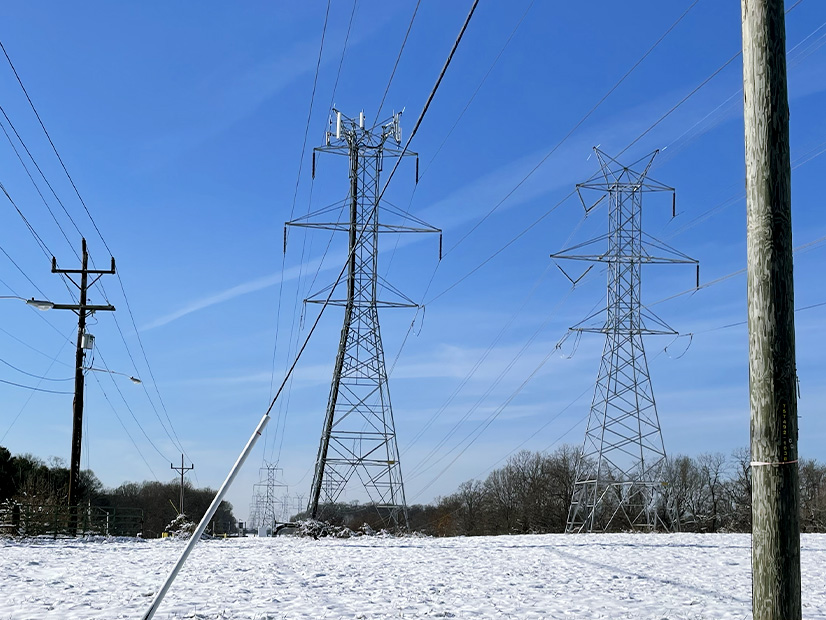FERC doled out two deficiency letters to MISO Wednesday over the grid operator’s plans to institute a four-season capacity market, availability-based resource accreditations and a 50% minimum capacity obligation.
The commission said it lacked several specifics on the resource adequacy overhaul, including a fuller defense from the RTO of the minimum capacity rule’s new accreditation and deadline information.
MISO late last year sought FERC’s approval to perform four seasonal capacity auctions with separate reserve margins by 2024 and apply a seasonal accreditation based on a generating unit’s past performance during tight system conditions (ER22-495).
The RTO also made a related filing to establish a minimum capacity obligation that requires a load-serving entity to demonstrate it has secured at least 50% of the capacity required to meet their peak load before the voluntary auctions (ER22-496).
Stakeholder reactions have been mostly negative. They have said a stricter accreditation based on risky hours that can’t be predicted with certainty would result in volatility and unfair penalties to generation. Others also have said staff hasn’t explained the reliability problems the minimum capacity obligation is meant to correct. (See MISO’s Seasonal Capacity Proposal Opposed at FERC.)
The commission told MISO “quantitative evidence” that demonstrates historical performance of units is “more indicative of future performance during emergency periods” than the existing unforced capacity accreditation process.
FERC said it was interested in seeing analyses that show the need for a higher reserve margin requirement in the winter than the summer in some zones during certain years. It asked why MISO intends to clear four seasonal auctions simultaneously instead of conducting sequential, single-season auctions. The commission also said it needed a rationale as to why the RTO would allow clearing prices in a single season to exceed generation’s cost of new entry.
The commission asked MISO to explain why it wasn’t similarly ascribing seasonal variability to its planning reserve margin analysis and local clearing requirements within resource adequacy zones. It also asked what steps the RTO will take to establish a seasonal planning reserve margin and how the new availability-based resource accreditation will factor into loss-of-load calculations.
FERC said it was unclear whether MISO intended to use different predicted risky hours across different units for accreditation. It also asked whether a unit’s performance in other seasons would be used as a basis for accreditation in another season.
The commission said it did not understand why the grid operator didn’t extend the availability-based accreditation beyond thermal resources to its solar and wind resources, which are under an existing accreditation that’s also based on availability during times of system need.
FERC also asked for justification in requiring its demand response resources to increase their availability for more calls in a seasonal paradigm versus an annual construct.
Finally, the commission asked MISO to more fully explain its requirement that units replace their capacity if they’re on outage longer than 30 days when there is a requirement for a 120-day period between a unit’s planned outages.
On the minimum capacity obligation, FERC wondered why the RTO said it will initially apply the obligation on a systemwide basis and then transition to a subregional application of the rule in 2025.
The commission asked MISO to explain how it settled on a five-month period for a market participant that receives an obligation before submitting proof it will meet 50% of its load before. It also asked the grid operator to describe the health of its bilateral market and the ability of market participants to secure excess capacity.



